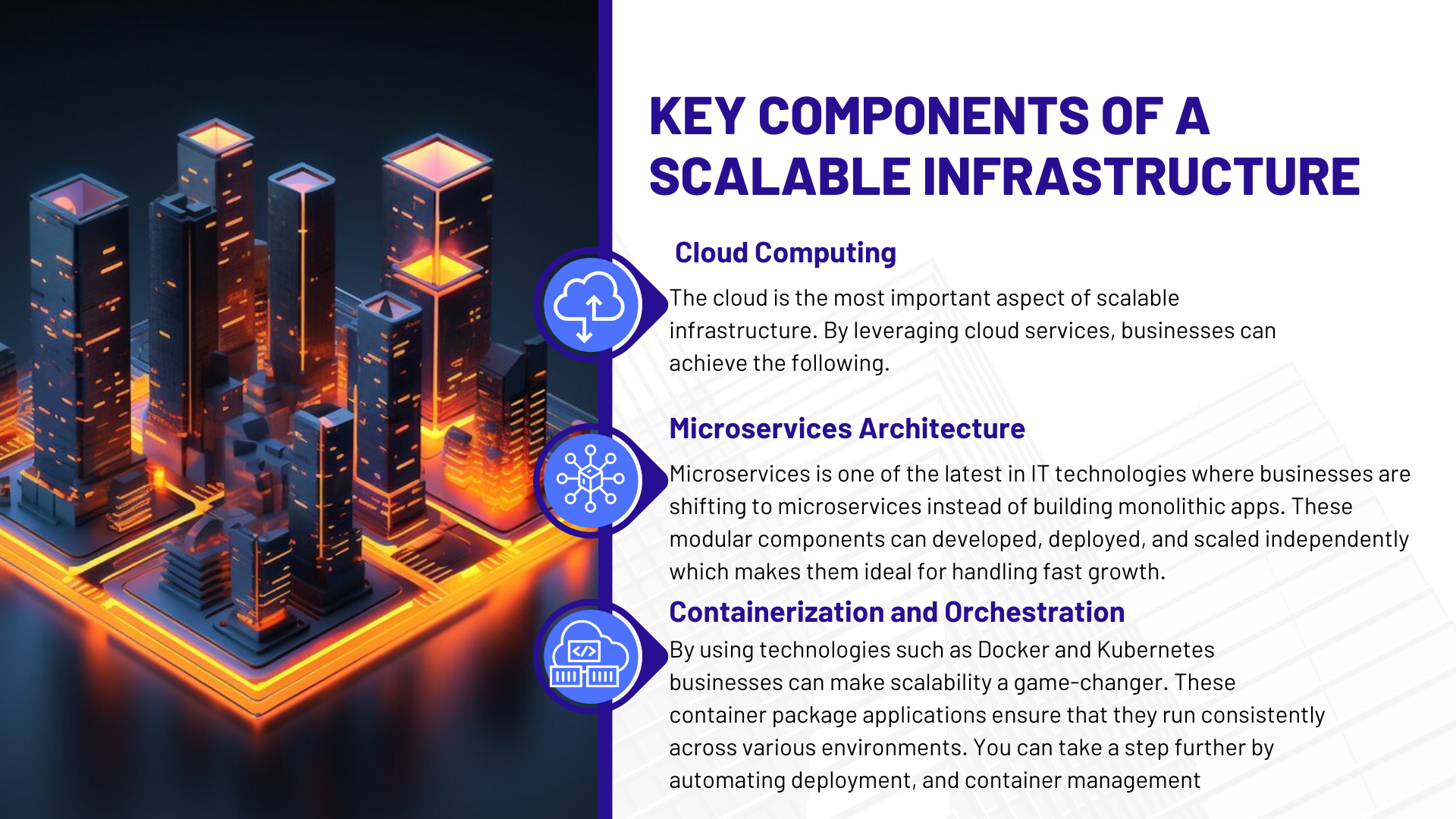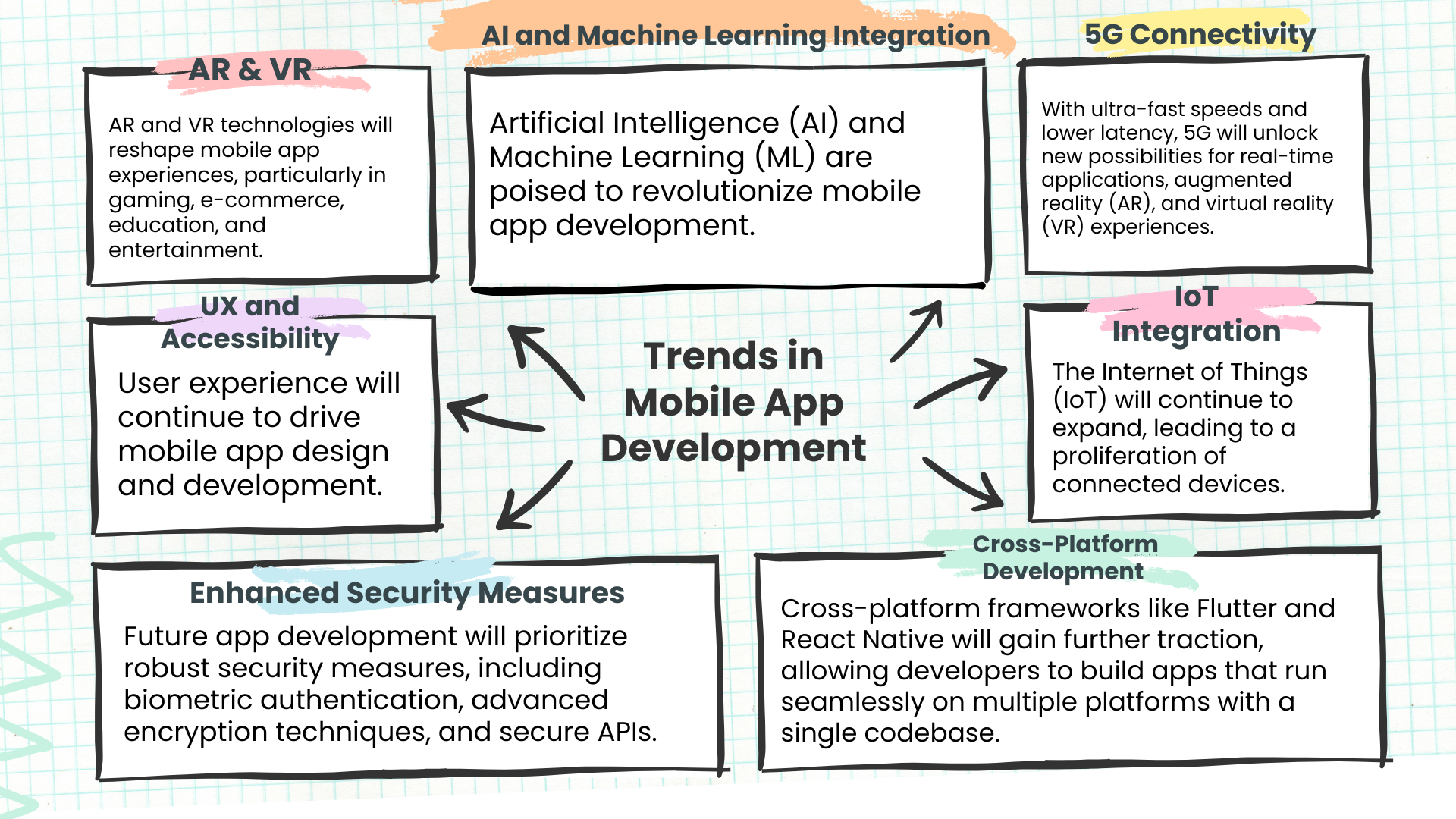Digital transformation is not just a buzzword it’s a necessity for businesses that want to stay competitive and outshine in today’s fast-paced digital era.
The need for agility, speed, and innovation has never been higher, and at its center lies scalable infrastructure. Digital transformation is not just about adopting a new technology but about creating a foundation that can adapt, grow, and evolve with the demands of the market.
Without scalable infrastructure, even the best digital strategy can falter, thereby leading to inefficiency and bottlenecks. But what does it take to build such an infrastructure? And how can organizations future-proof the operation?
Scalable infrastructure is more than just a concept, it’s a strategic necessity that enables businesses to thrive in an ever-changing environment. It empowers businesses to process large amounts of data, deploy apps, and deliver a seamless experience to customers.
In this blog, we will explore what is scalable infrastructure, its role in digital transformation, and the key components that make it successful.
We will also dive into actionable strategies and emerging trends that can help your businesses stay ahead in the competitive world.
What is Scalable Infrastructure?
Scalable infrastructure refers to an organization’s ability to handle increased workloads and continue to grow without compromising performance.
It’s not just about adding more servers or storage; it’s about designing a system that can expand seamlessly even while maintaining efficiency, reliability, and cost-effectiveness.
Why Scalability is Crucial for Digital Transformation?
Digital transformation involves adopting new technologies, changing processes, and delivering top-notch customer experiences. Here are a few reasons why scalability is needed.
1. Handling Increased Data Volumes:
Digital transformation involves integrating IoT devices, creating big data analytics, and using AI to manage data. Scalable infrastructure ensures that this data is processed and stored efficiently.
2. Supporting Business Growth:
As businesses expand, their IT requirements also increase. This is why scalable systems need to grow alongside the organizations to eliminate the need for frequent overhauls.
3. Enhancing Customer Experience:
Business scalability also ensures consistent performance even during traffic spikes. It furthermore results in a seamless user experience.
4 . Cost Optimization:
Scalable systems enable businesses to pay only for what they use which significantly reduces waste and optimizes budgets.

Key Components of a Scalable Infrastructure
To build a scalable infrastructure you need more than just a one-size-fits-all approach. It needs a combination of technologies, best practices, and strategic planning.
1. Cloud Computing
The cloud is the most important aspect of scalable infrastructure. By leveraging cloud services, businesses can achieve the following.
- Scale resources based on demand.
- Reduce capital expenditures.
- Improve performance and reliability.
Cloud providers like AWS and Microsoft Azure offer a range of services customized to different scalability needs.
2. Microservices Architecture
Microservices is one of the latest in IT technologies, and businesses are shifting to microservices instead of building monolithic apps. These modular components can developed, deployed, and scaled independently which makes them ideal for handling fast growth.
3. Containerization and Orchestration
By using technologies such as Docker and Kubernetes businesses can make scalability a game-changer. These container package applications ensure that they run consistently across various environments. You can take a step further by automating deployment, and container management.
4. Elastic Storage Solutions
Data storage needs to evolve with growth. Storage solutions such as distributed file systems can ensure that businesses can store and retrieve data efficiently no matter how large the datasets become.
5. High-Performance Networking
A scalable infrastructure needs robust networking solutions. It can easily handle increased traffic without bottlenecks. Today it is propagated more by SD-WAN and 5G networks.
6. Automation Tools
Scalable infrastructure thrives on automation. Tools such as provisioning, monitoring, and streamlining operations can reduce manual intervention and enable businesses to scale easily.
7. Security Frameworks
As systems scale up so do their vulnerabilities. These scalable infrastructures must include security measures such as:
- Automated threat detection.
- Multi-factor authentication.
- Regular security audits.
- End-to-end encryption.
Steps to Build Scalable Infrastructure
Creating scalable infrastructure needs a strategic approach. Here are the steps to guide you:
1. Assess Current Infrastructure
Before deciding on scaling up your infrastructure you need to evaluate your existing systems. You need to identify bottlenecks, determine if the technology is outdated, and find areas of improvement. You also need to conduct performance testing to understand how your infrastructure can handle stress.
2. Define Scalability Goals
Before deciding on scaling up your business you need to define clear objectives such as:
- Determining the number of growth in users
- Determining data size
- Reducing downtime
3. Adopt a Cloud-First Strategy
To leverage on-demand scalability you need to move workloads to the cloud. Hybrid cloud solutions are the perfect option for businesses to transition gradually.
4. Implement Modular Systems
You can break down applications into smaller more manageable components. You can use APIs to connect the module as well as ensure its flexibility and scalability.
5. Optimize for Performance
Use tools such as load balancers, and CDNs to optimize performance and reduce latency.
6. Invest in Automation
You could deploy tools that automate infrastructure provisioning, scaling, and monitoring. This minimizes human error and accelerates scalability.
7. Monitor and Iterate
Scalability isn’t just a one-time task, it is all about continuously monitoring systems, gathering user data, and making iterative improvements to keep pace with business needs.
Real-World Examples of Scalable Infrastructure
1. Netflix
Netflix transitioned from on-premises data centers to a cloud-first approach with AWS. By adopting microservices and automation, Netflix could easily handle billions of hours of streaming each month even during peak times.
2. Uber
Uber today supports millions of rides every day across the globe. Its scalable infrastructure relies on containerization, real-time data processing, and distributed architecture to ensure seamless user experiences.
3. Slack
Slack is one of the world’s leading collaboration platforms, and they scaled their infrastructure to accommodate millions of simultaneous users. By leveraging cloud computing and real-time messaging frameworks, Slack delivers consistent performance.
Challenges in Building Scalable Infrastructure
While scalability provides numerous benefits, it comes with its own set of challenges:
1. Cost Management: Scaling up resources dynamically can lead to unpredictable costs if not monitored closely.
2. Technical Complexity: Transitioning to scalable systems such as microservices and containers needs experience and planning.
3. Legacy Systems: Integrating and replacing outdated systems with scalable solutions is a lengthy and resource-intensive process.
4. Security Concerns: One of the biggest security concerns is that expanding infrastructure can expose vulnerabilities and make robust security essentials.
Future Trends in Scalable Infrastructure
The landscape of the scalable infrastructure is constantly evolving. Here are a few trends that are shaping the future:
1. Edge Computing: Process data accurately to reduce latency and enhance scalability.
2. AI-Driven Scalability: Machine Learning algorithms optimize resource allocation and predict scaling needs.
3. Serverless Computing: Serverless architectures provide unparalleled scalability.
Conclusion
Building a scalable infrastructure is the foundation of successful digital transformation. By adopting cloud-first strategies and leveraging modern architectures, you can prioritize performance and security.
While challenges exist, the benefits of enhanced efficiency and superior customer experience outweigh its disadvantages.
As technology evolves, scalability will remain the cornerstone of the business looking for a digital transformation strategy. Now is the time to invest in infrastructure to make your business future-proof.

